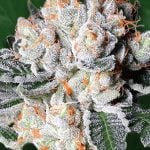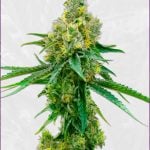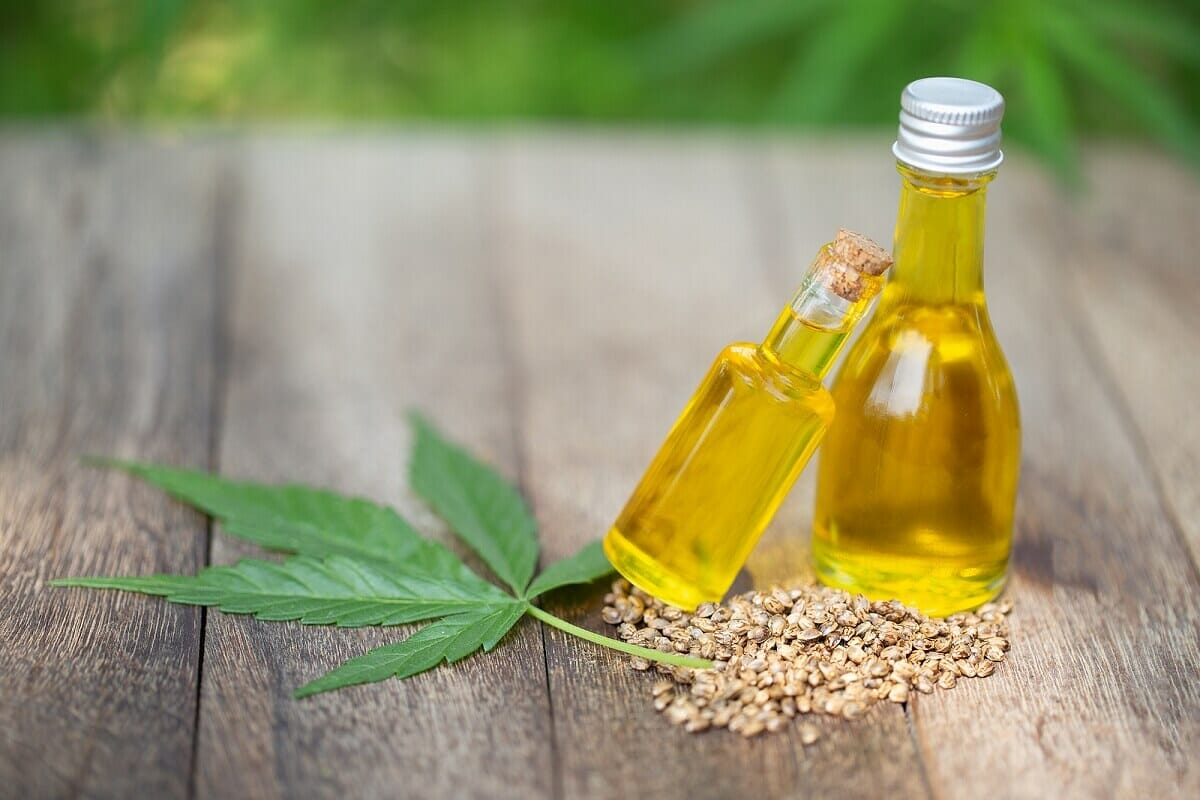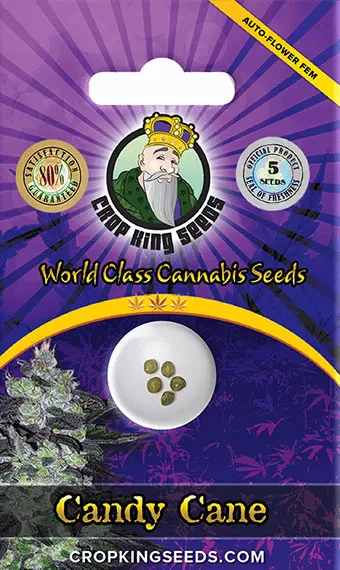Has it ever crossed your mind how CBD products are made?
Concentrates, waxes, oils, and other compounds are all extremely methodical products. They are made with various extraction methods, each with its own set of positive and negative effects.
Learning how your CBD is extricated will offer you a good grasp of how these things are made. It will give you a good amount of knowledge of how all excellent CBD products are truly made. Extraction is the most important process when producing CBD oils; without this method, you wouldn’t enjoy all the advantages these products bring to the table.
We’ll tackle different topics about CBD, like what a CBD is, how they are extracted, and a lot more.
Before we discuss all the extracting procedures and sorts, we’ll have a quick warmup and restate the main attributes of cannabidiol.
So, what is CBD?
CBD or cannabidiol is one of the two active compounds found in high CBD seeds of marijuana aside from THC. They belong to a group of phytochemicals called cannabinoids.
Compared to its counterpart, CBD doesn’t induce psychoactive properties in the users. They don’t produce effects like “high” or “stoner” when you try to use one.
Instead, the CBD in marijuana lets you feel its therapeutic side of things, from reducing anxiety, quick pain-relief, aiding in sleep, and enhancing immune reaction. Also, one good thing about CBD is it doesn’t bind itself to any other cannabinoid receptors, unlike THC, which does.
Instead, what CBD does is stimulate the ECS, or endocannabinoid system, to yield more of its typically made cannabinoids. And at the same time, it decelerates their breakdown.
Furthermore, the CBD works on numerous other molecular passageways. For example, they activate the TRCV-1 receptor, a receptor that controls different types of biological purposes such as swelling, irritation, pain perception, and body temperature.
Lastly, by impeding the action of the FAAH enzyme that breaks down anandamide, the CBD counters the psychoactive effects of the THC. When CBD is active in the body, more anandamide circulates; this results in minimizing the psychoactivity effect which the THC brings. The CBD do this incidentally.
That’s good news for people seeking Marijuana’s therapeutic benefits without fearing getting overwhelmed with the adverse effects of THC.
Where can we get sources of CBD?
There are only two sources wherein we can get CBD: from hemp and marijuana.
- Hemp- a strain from cannabis sativa but has lower concentrations of THC.
- Marijuana- either cannabis indica or cannabis sativa with no limitations on THC levels.
The only main difference between the two is their THC contents; hemp has a relatively small amount of THC as compared to marijuana. Marijuana usually offers around 15% to 30% of THC, whereas the CBD offered is between 0.1% to 0.3%.
On the other hand, hemp offers more CBD contents, which range from 5% to 30%.
Types of CBD Extraction Process
The extraction aims to do one main compound, which is the CBD from the hemp/marijuana. It also eliminates unwanted impurities in the compound, like fibers, sugars, and minerals.
One way of effectively extracting CBD in marijuana is through the selective-breeding process, meaning you only go for cannabis strains with high concentrations of CBD. Selective breeding helps in the efficiency of isolating CBD from hemp/marijuana.
For example, from all the variations of the strain, they possess a different amount of CBD, so, ideally, you would go for the most potent strain with a high CBD level. Specifically-bred strains are the perfect choice for extracting CBD.
There are many ways on how you can obtain CBD from the hemp plant. We’ll explain everything in simple terms for you to understand!
- Super Critical CO2 Extraction
- Oil Extraction
- Organic Solvent Extraction
- Ice water Extraction
Super Critical CO2 Extraction
By far, this is the most prevalent method of extraction; however, it is a very costly one. One of its advantages is it is extremely safe and efficient. Efficient in a way that there are no wasted products.
How does it work?
To put it simply, the pressurized CO2 serves as a solvent in certain temperatures and pressure levels, wherein it isolates CBD from unwanted compounds and plant materials. The finished product is the purest of pure CBD you can think of.
While this method is known to be the safest and efficient, it requires high-end equipment to perform even the basic functions. It does have some downsides.
Oil Extraction
This can be easily done at home. The Oil extraction method simply follows the same principles as most extraction methods; however, the solvents used are vegetable oils. Almost all types of vegetable oils can be used as a solvent; it only depends on the availability.
How does it work?
First, by heating your cannabis at a temperature of 248 F for around 30 to 60 minutes, you Decarboxylate the CBD-rich content of your marijuana.
Second, After you get the “decarbed” weed, add the weed to the olive oil in your pot and heat the concoction to 212 F.
Last, maintain 212 F for about two hours until the two blends, infusing therapeutic abilities to your selected oil.
Although this type of extraction is simple, it is a very low-efficient type of extraction. The extract also has a shorter shelf-life.
Organic Solvent Extraction
Much like the Oil extraction method, this type of method uses organic compounds as solvents. Organic compounds include butane, ethanol, hexane, ether, and methanol.
For safety, we highly advise the Alcohol Extraction method as some of these organic solvents are highly flammable, especially when you do the extraction at home. The Alcohol extraction method is the safest and easiest way of extricating CBD.
How does it work?
Alcohol extraction is done by decarboxylating your cannabis flowers. Once done, mix, once done. Mix them with your high-proof alcohol inside an empty jar. Close the jar tightly so that no unwanted impurities may ruin your oil. When it is tightly sealed, let it sit in your cabinet for a few weeks and shakeshaking the jar daily over that duration. Lastly, strain your extract through a coffee filter and bottle it up. You’re done!
This type of extraction is highly -efficient without the need for costly supplies. The only disadvantage when doing Organic Solvent extraction has unwanted chemicals in your final extract.
Ice Water Extraction
This method produces a powdery extract often called “hash”. Although this type of method has many variations, they follow these general steps:
- Either ice or dry ice is mixed with finely-chopped plant trimmings. This step will aid in the separation of the extract and plant materials.
- After step 1, you add water to the mixture of ice and trimmings, and the entire mixture is strained through a mesh bag. This step is repeated until you can obtain the purest possible extract.
- Lastly, the extracts will settle in at the bottom of the strained mix. After that, the extracts will be dried out once all the excess water is drained. They are dried until they are powdery in nature.
What is decarboxylation? What is its role in the extraction process?
As you’ve seen above, almost all types of extraction processes will need decarboxylation. Decarboxylation is needed for extraction to break other chemical links in the process and activate compounds like CBD and THC.
This technique permits the cannabinoids to affect the endocannabinoid system, increasing their bioavailability directly.
Without the process of decarboxylation, the CBD will remain in its acidic and inactive form, the CBDA.
Wrapping things up
Extracting CBD marijuana is quite easy and effective if you follow all the instructions. Always remember that when extracting using a solvent-based method, avoid using solvents that are highly flammable. We highly recommend the Alcohol Solvent method.
CBD-rich oils have many advantages when used, and extracting them on your own may play a bigger role in your future. Besides, they contain great amounts of pain-relieving duties. A great feature to start with.



















One Response
cbd gummies for anxiety isolate is pure CBD, without any various othercannabinoids.